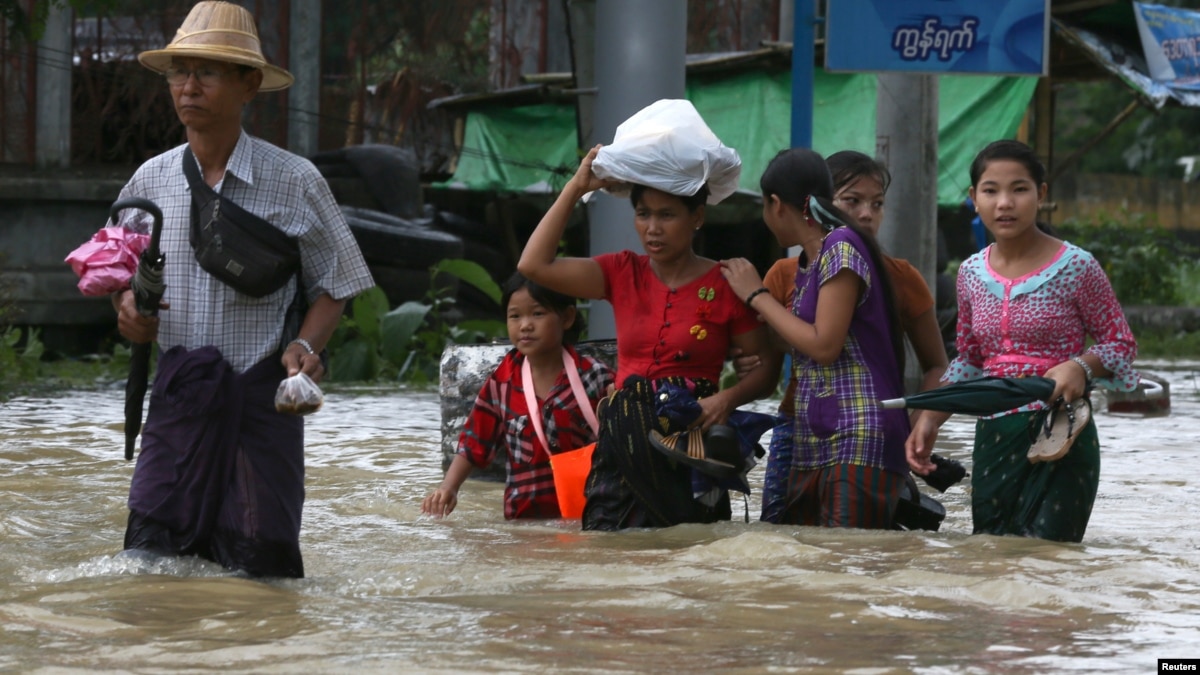WASHINGTON —
"The fundamental basis for the alliance" between the United States and South Korea “would continue” and grow stronger, even after North Korea’s nuclear threat and tension on the peninsula are reduced, a former U.S. ambassadors to South Korea said.
Although the pace of the denuclearization effort by North Korea has been slow since it made a commitment to work toward "complete denuclearization" at the summit in Singapore held in June, the level of threat from the regime has declined, Gen. Vincent Brooks, top U.S. commander in South Korea, said.
"We’ve gone now 235 days without a provocation, so we saw a big change occur," Brooks said at the Aspen Security Forum via video link on Saturday. "To be sure, the physical threats and capabilities are still in place. But it’s evident through words and action that the intent to use them has changed."
US-South Korea alliance
Even if North Korea’s nuclear threat is reduced and tension on the peninsula de-escalates, the U.S.-South Korea alliance will remain unchanged. The relationship is bound by the Mutual Defense Treaty, signed at the conclusion of the Korean War in 1953, to provide a basis for the continued U.S. troop presence on the Korean Peninsula to deter a North Korean attack on South Korea and to provide a nuclear umbrella in the region.
"The fundamental basis for the alliance would continue, in terms of mutual defense commitment under the original treaty," said Alexander Vershbow, who served as ambassador to South Korea during the George W. Bush administration.
Vershbow also said, in the long run, the absence of a North Korean threat could potentially reduce the U.S. troop presence in South Korea.
"In the context of the much-reduced threat from the North, one could see the basis for the reduction of the U.S. presence," Vershbow told VOA.
Before the June 12 Singapore summit, President Donald Trump had asked the Pentagon to consider reducing U.S. troops on the peninsula in May.
After meeting with North Korean leader Kim Jong Un in Singapore, Trump called for the suspension of “war games” with South Korea.
The annual Ulchi Freedom Guardian joint military exercises conducted by the U.S. and South Korea that usually takes place in August have been suspended, fueling concerns of possible U.S. force reduction on the peninsula.
During his visit to Seoul in June after Trump's summit with Kim, U.S. Defense Secretary Jim Mattis said the U.S. will maintain the current level of military presence in South Korea and that U.S. commitment to the country will remain "ironclad."
Currently, there are 28,000 U.S. troops in South Korea.
'Overarching goal'
Vershbow said if there is going to be a reduction of U.S. troops, it is after achieving a unified and "overarching goal of denuclearization as a precondition for any fundamental change when it relates to the North."
Mark Lippert, who served as the U.S. ambassador to South Korea from 2012 to 2017, said even if the security situation on the peninsula changes, the U.S.-South Korean alliance that has "modernized and adapted in very, very strong capable ways to keep it relevant" will continue to grow robust, "not just on the Korean peninsula but helping the U.S. and Korea work on issues in the region and around the world."
Vershbow echoed Lippert, saying the alliance will continue to serve a purpose beyond deterring North Korean because it will continue by providing a deterrent throughout northeast Asia as envisioned in the defense treaty.
"The U.S. is not going to necessarily change the broader deterrent posture in the region," he said.
Mentioning that North Atlantic Treaty Organization (NATO) member states found "strong overriding" reasons for the U.S. "to stay in and engage in Europe with its military and security forces" even after the fall of the Soviet Union, Lippert said, "There are all sorts of data points to suggest it’s beyond the [Korean] peninsula at this point."
Lippert pointed out that America’s largest overseas military base is Camp Humphreys in South Korea, as evidence that the U.S.-South Korean alliance is "one of the world’s greatest alliance, if not the greatest."
Ending 70 years of presence in Seoul, the U.S. military headquarters in South Korea relocated to Pyeongtaek in late June, about 45 miles south of the capital.
The newly expanded Camp Humphreys took more than $10 billion to build, of which Lippert said South Korea paid about 92 to 96 percent. It is expected to house approximately 45,000 troops and their families by 2022.
"One of the most important indicators of [the alliance growing strong] is the current move to Camp Humphreys," Lippert said. "This is a great symbol of alliance. … And you noticed nobody is making negative noises about Camp Humphreys and our troop presence there. I think that suggests durability over time."
Another factor suggesting the alliance remains strong and that "positive change is coming is that the Blue House has made comments that the alliance is not just about North Korea. It’s about other countries, other issues … in a form of global Korea," Lippert added.
South Korean President Moon Jae-in said during his three-day visit to Singapore that started July 11, "South Korea and the U.S. maintain a firm stance about the role and importance of U.S. Forces Korea (USFK) for peace and stability in the Korean Peninsula and Northeast Asia."
Moon also responded to the suspension of military drills possibly leading to the reduction of U.S. troops in South Korea, saying, "USFK is a completely different issue. It is a matter of the South Korea-U.S. alliance, not something that can be discussed in denuclearization talks between North Korea and the U.S."
By providing a foundation of security and stability in northeast Asia, U.S. military presence on the peninsula and the alliance and relationship that Lippert said has grown in "multidirections" will continue to help create a condition for "unbridled economic and cultural success" in the region.
Let's block ads! (Why?)
Read More US-South Korea Pact to Remain, Even if North Korea Threat Eases : https://ift.tt/2NBoiO7










































